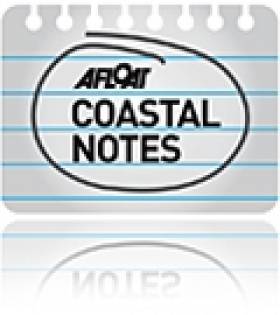Displaying items by tag: Irish Sea Maritime Forum Conference
Second annual Irish Sea Maritime Forum Conference
#IrishSeaForum – The second Irish Sea Maritime Forum Conference will be held at the Tall Ship at Riverside, Glasgow on 21 May. The success of the forum follows last year's inaugural conference held in Belfast last June.
The organisers invite all with an interest in the Irish Sea to attend the conference which is a free event and which is being jointly organised by the Scottish Coastal Forum.
The conference includes a roundup of marine planning and management developments covering all 6 administrative areas around the Irish Sea.
They include the forthcoming National Marine Plan for Scotland and goes on to explore a range of EU-supported developments that are significant for all Irish Sea stakeholders including the Atlantic Strategy and the draft Directive on Marine Spatial Planning and Integrated Coastal Management.
The day also includes an overview of ISMF activities in its first year of operation, the launch of the Irish Sea Issues and Opportunities report, and an opportunity for delegates to contribute to the planning and delivery of the ISMF's 2013/14 programme.
For further information including programme for the day and bookings (no later than 15 May) can be made via the North West Coastal Forum by clicking this website link.























